Whole-house smart home systems have become increasingly popular in recent years, with many households replacing traditional switch panels with smart control panels, feeling quite satisfied with this change.
What exactly is a whole-house smart home? Is it really necessary to install a whole-house smart home system when renovating a new house? How should one choose during the overall renovation process? We will answer these questions in detail:

1. What is a whole-house smart home?
2. Why do we need a whole-house smart home?
3. What are the components of a whole-house smart home system?
4. How to choose a suitable whole-house smart home for your family?
5. What issues should be considered before installing a whole-house smart home system?
1. What is a whole-house smart home?
A true smart home should be accurately referred to as a smart butler. In simple terms, smart homes are products of the Internet of Things (IoT) that have emerged under the influence of the internet, where various home devices are connected through IoT technology, achieving interconnectivity in the physical and cultural environment of the home, all controlled by a single terminal or sensing system.
By constructing a system solution for intelligent services that integrates automation systems, computer networks, and communication technologies, the ultimate goal is to make home life healthier, low-carbon, intelligent, comfortable, safe, and convenient.
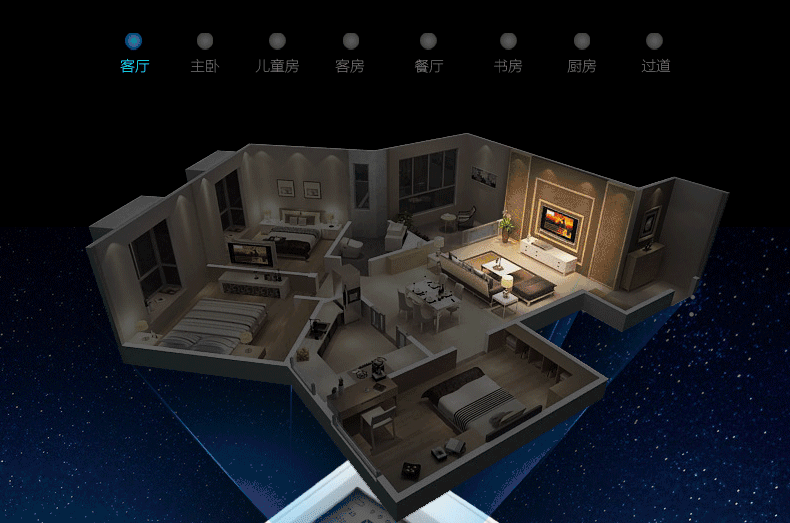
2. Why do we need a whole-house smart home?
① Make home life convenient
Free yourself from the trivialities of home life; you will no longer worry about forgetting your keys; no longer worry about losing the remote control; no longer be troubled by complicated devices that are hard to operate; and no longer have to walk around the house to open curtains or various appliances.
② Make home life safer
Traditional home security is still limited to locking doors and windows and being cautious with electricity and gas usage. With the advancement of technology, many families have started using surveillance equipment. Even so, traditional homes still lack comprehensive and in-depth security.
③ Make home life more comfortable
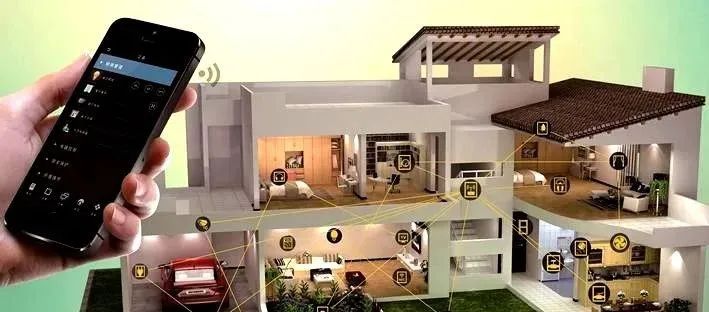
In traditional home life, air conditioning, heating, and fresh air systems greatly enhance the quality of our home life, but controlling these devices can be extremely cumbersome. The use of a whole-house smart home can increase the usability of these comfort devices by 50%.
④ Make home life healthier
Traditional homes are far inferior to smart home systems in detecting indoor air quality, especially in newly renovated homes, which may contain large amounts of harmful gases like formaldehyde. This not only poses a risk to family members but can be particularly dangerous for families with babies, potentially leading to serious health issues like leukemia.
3. What are the components of a whole-house smart home system?
① Smart lighting system
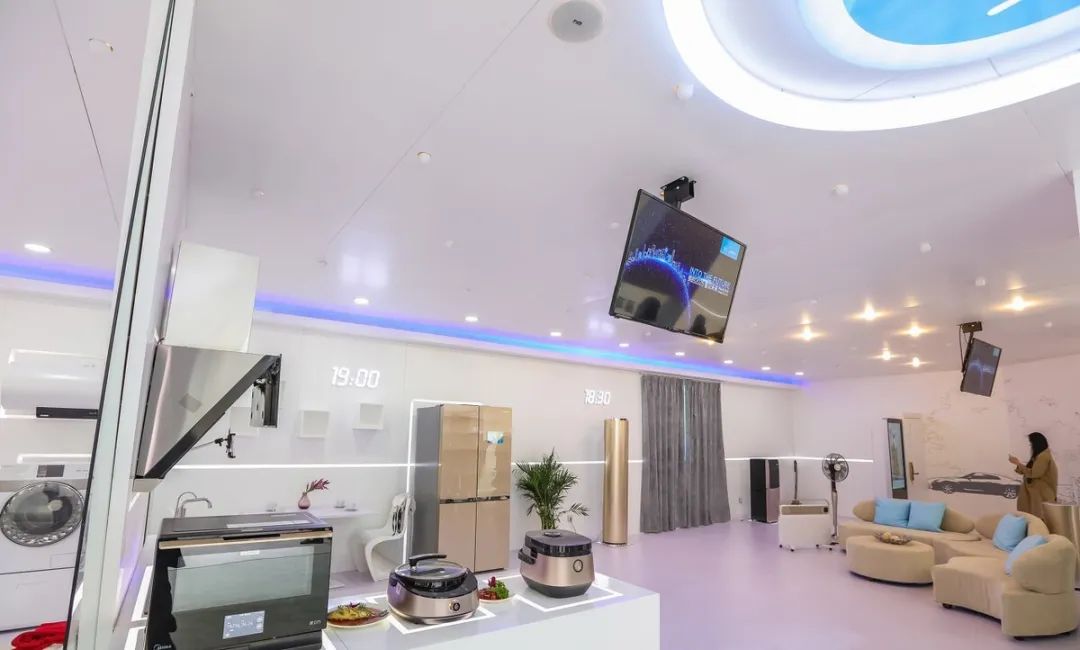
a. The living and dining areas are primarily designed with auxiliary light sources, using hidden light strips, embedded spotlights, and magnetic track lights to create ambient lighting.
b. Corridor: The corridor area is relatively long and narrow, so a set of spotlights is used to increase indoor lighting intensity.
c. Kitchen
The kitchen is mainly concerned with backlighting for the cook, so hidden sensing lights are installed above the range hood, allowing for constant observation of the food’s color to determine its cooking status.
d. Bathroom: The bathroom primarily features mirror lights; many families now install smart mirror cabinets to meet family needs while enhancing quality of life.
e. Bedroom: Mainly equipped with sensing light strips, especially in the elderly’s room, where hidden light strips should be considered from the corner before electrical renovations, as the elderly may need to get up frequently at night. Smart ambient lights can provide sufficient light to assist them in going to the bathroom safely.
② Smart curtains

a. In the living room, before electrical renovations, it is necessary to reserve sockets in advance to implement smart curtains, allowing control via a mobile app without getting out of bed to enjoy the morning sunlight.
b. The same applies to the bedroom and living room spaces.
③ Smart appliances
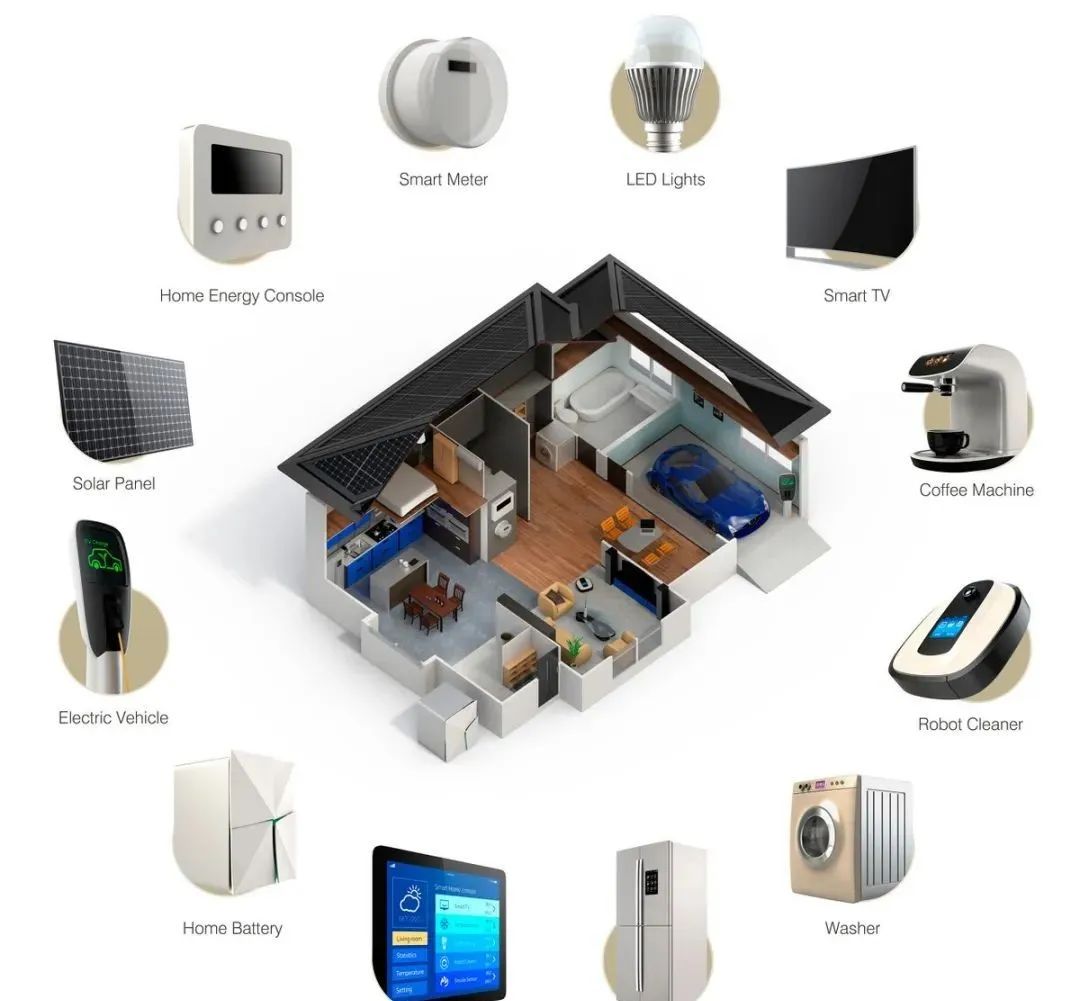
a. Laser TVs can be controlled via mobile or voice commands to determine the on/off status of the TV.
b. Side-by-side refrigerators: Many families now consider side-by-side refrigerators, which feature a smart control panel on top to manage the quantity of food inside and adjust the temperature.
④ Smart central controller
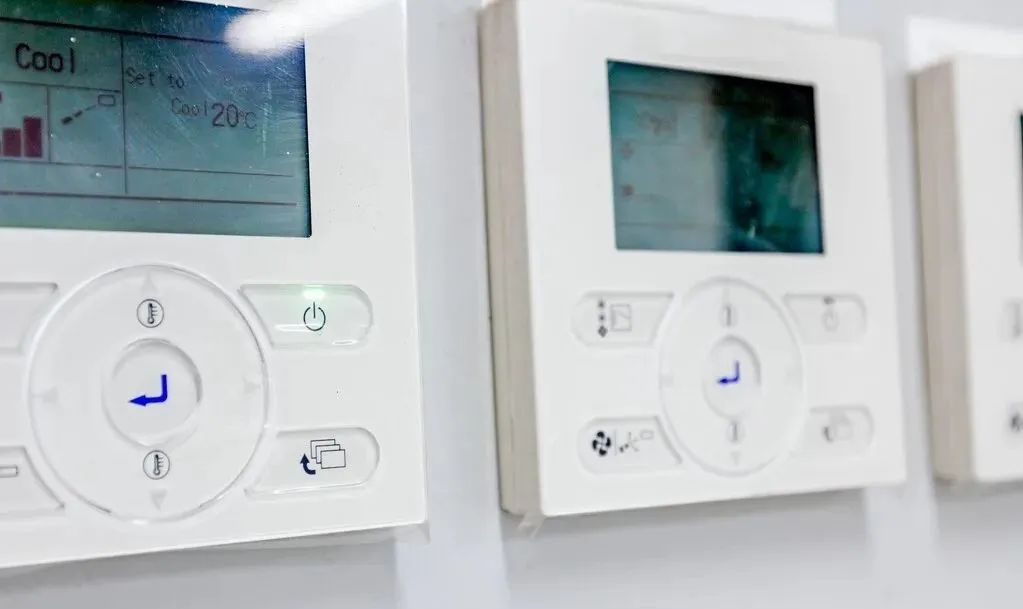
Especially for central air conditioning systems, they can be combined with switch control panels, making them not only convenient but also easy to control.
⑤ Home theater
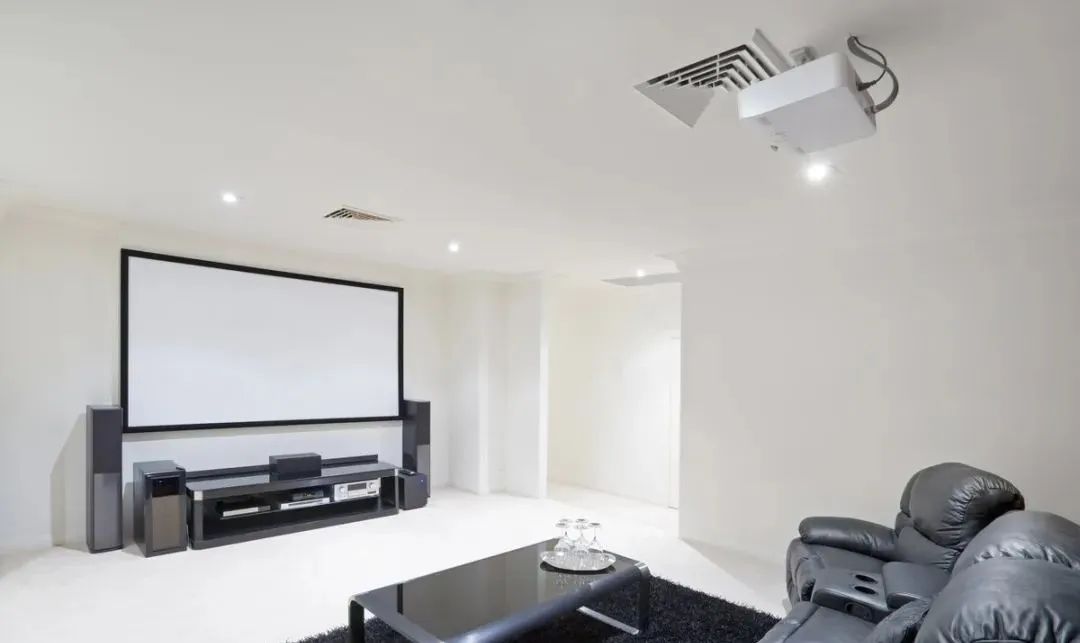
For small households, considering the installation of projectors and screens allows for a big-screen viewing experience of favorite shows via mobile app control during weekend stays at home.
4. How to choose a suitable whole-house smart home for your family?
a. Distinguish between pre-installed and post-installed systems
Pre-installed and post-installed mainly refer to bare-shell and finished homes. When considering a whole-house smart home for a bare-shell house, it is necessary to use visible wiring to implement the system, while wireless options are more convenient.
b. Determine needs
A whole-house smart home not only provides convenience and safety but also includes lighting systems, smart audio-visual systems, and smart home environment systems.
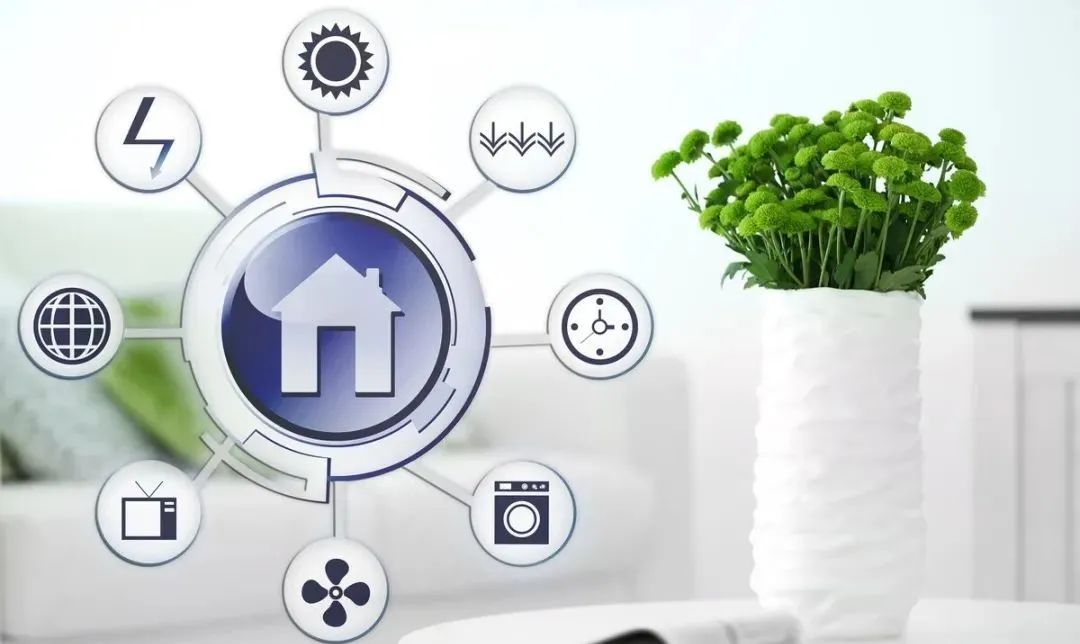
c. Reasonable budgeting and precise selection
After determining the budget, it is advisable to choose a brand of whole-house smart home to ensure quality and reliable after-sales service.
d. Professional installation
Professional installation is necessary to ensure that devices are installed correctly without errors.
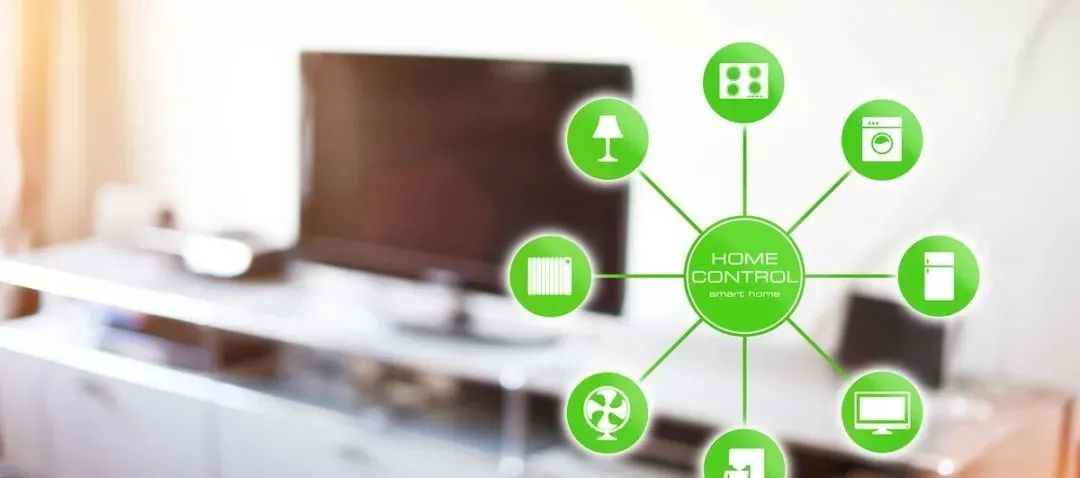
5. What issues should be considered when installing a whole-house smart home system?
1. Determine the type of smart home system: wired or wireless
The advantage of wired smart homes is stability and reliability. However, installation must coincide with renovations, and almost all functions must be completed at once, making later structural adjustments and functional additions costly.
Wireless smart homes are much simpler, with convenient installation and strong flexibility, allowing for functionality expansion and structural adjustments during use, resulting in lower overall costs and becoming the mainstream trend in the market.
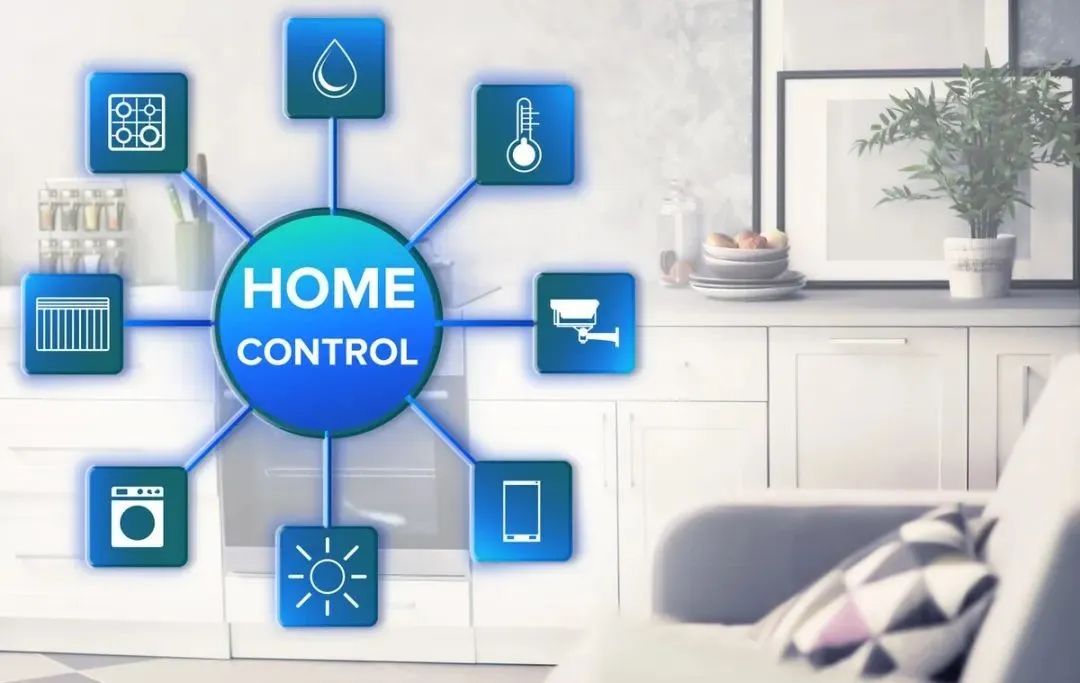
2. Clarify the intelligent areas and functions
Smart homes can achieve various scenarios, such as smart lighting, smart curtains, smart night lights, smart locks, smart sensors, smart air conditioning, and remote control…
3. Wiring considerations
Many smart products require a neutral and live wire for power supply, but most renovation electricians default to a single live wire supply. Therefore, it is crucial to reserve a neutral wire during the initial wiring process. Otherwise, the cost of rewiring later will be high and may damage the existing renovation.
4. Smart lighting considerations
Confirm which areas will use smart lighting, what types of fixtures will be used, such as whether color temperature adjustments are needed; the opening sizes for spotlights and downlights need to be confirmed in advance; and grooves need to be reserved for light strips and linear lights.


